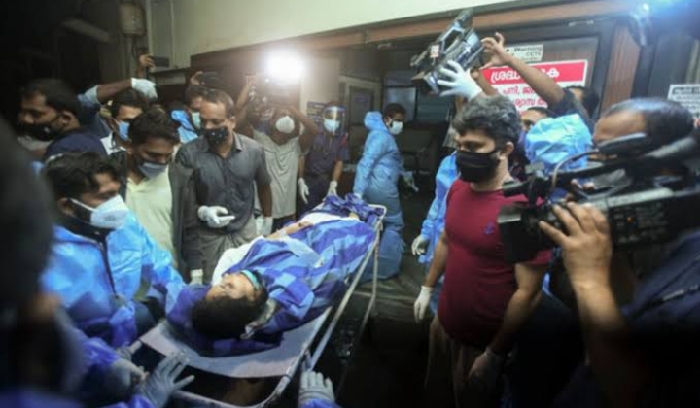Mathura, Feb 12: Uttar Pradesh Chief Minister Yogi Adityanath today said the state government is preparing a plan to open cowsheds to tackle the problem of stray cows.
Laying the foundation stone of Mahamana "Gau Gram" scheme in Vrindavan for the development of 108 villages, he said, "To overcome the problem farmers are facing due to stray cows, the government is preparing a plan for opening gaushalas in a phased manner."
He said Minister for Dairy Development Laxmi Narayan Chaudhary has been raising the issue of stray cows at every Cabinet meeting.
Initially, cowsheds would be opened in urban areas and then it would be opened at tehsils and villages, the chief minister said, and asked people to support such cowsheds.
"We have saved cows from slaughter and now we will find a way for their proper rearing," he said.
Asserting that the state government would provide assistance for opening new cowsheds, Adityanath said a plan is on the offing to provide to every farmer two high milk- yielding cows of indigenous breed.
Efforts would be made for affordable cow rearing by making provisions to sell its urine and cow dung.
Hasanand Gochar Seva Trust would set up a gaushala (cowshed) to accommodate 10,000 cows, an office bearer of Mahamana "Gau Gram" scheme said.
A plan is also offing to set up a modern milk plant in the "Gau Gram", he said.






Comments
Pack of criminals who could not provide ambulance, oxygen, safe syringes in the hospital ....and killed hundreds of young babies should be hanged in the public. These animals love for stray animals is political gimmick. UP ranks first in Criminal Record of India.
all the govt. subsidies will go to the management pocket of cowsheds and cows will going to die more than they use to slaughter in a slaughter shops and it will be buried by yogi's mens without knowing anyone at midnight ...........
Tere jaisa chutiya CM kahi nahi dekha!!!!!
Add new comment